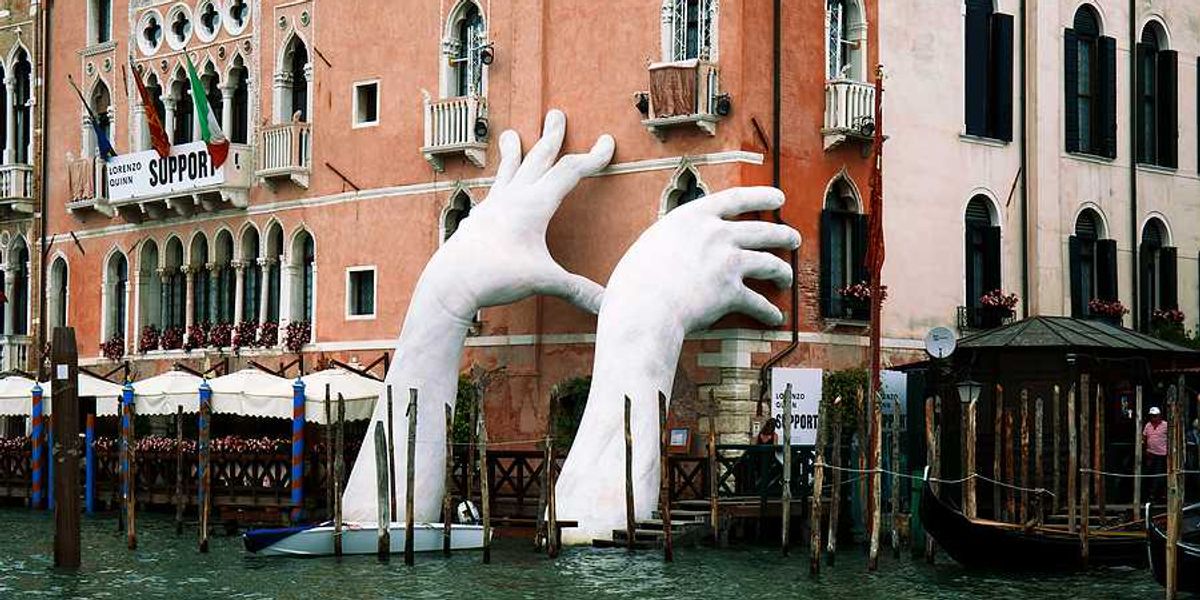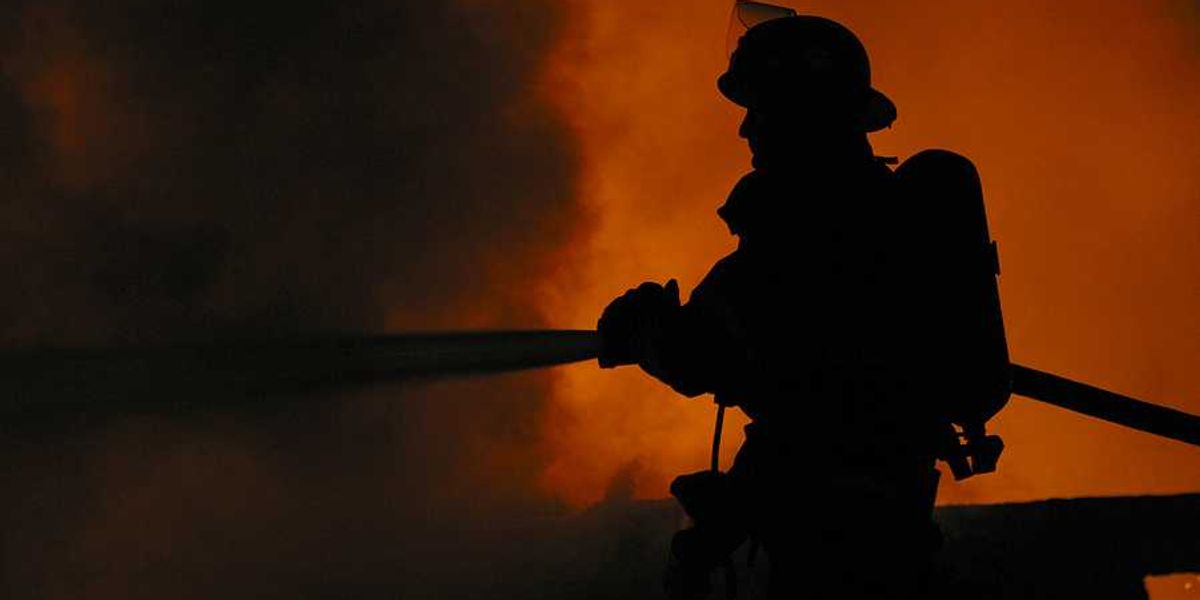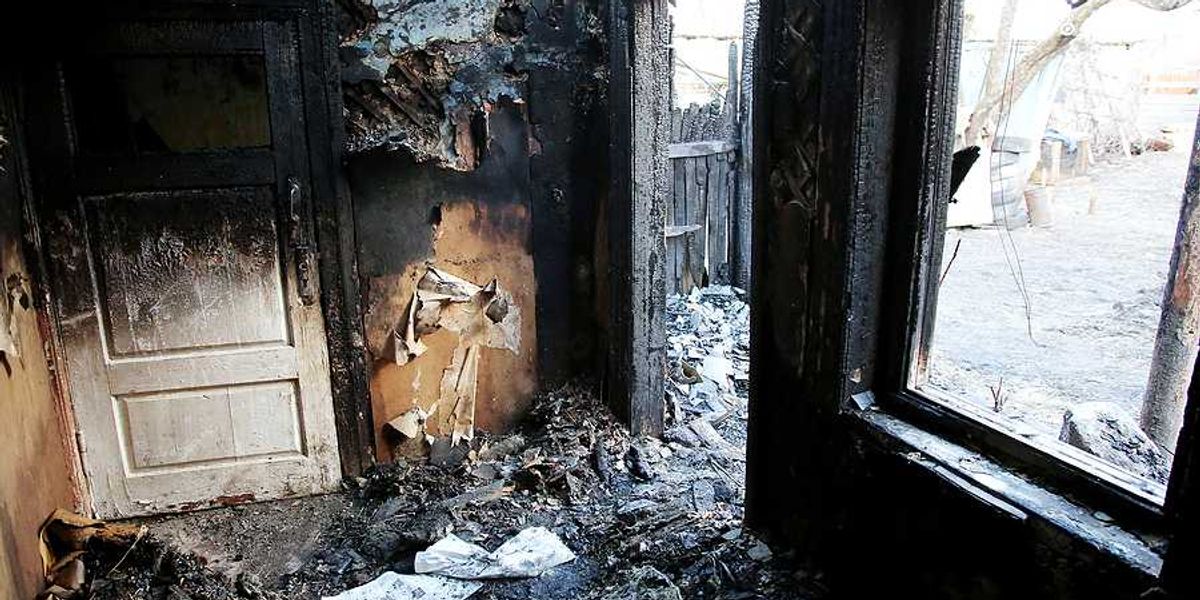Construction for Cop30 in Belém sparks controversy
As Belém prepares to host the Cop30 climate summit this November, critics warn that new development projects meant to welcome 50,000 visitors are deepening environmental and social divides in the Amazon’s gateway city.
Jonathan Watts reports for The Guardian.
In short:
- Belém’s Cop30 preparations have led to widespread tree clearance and new road construction, alarming conservationists who fear a permanent loss of urban greenery.
- State governor Helder Barbalho insists the infrastructure improvements will benefit residents long term and position Pará as a leader in Amazon reforestation and carbon credit generation.
- Civil society groups plan to hold parallel protests and events, but concerns persist about police crackdowns and whether these efforts will meaningfully influence official negotiations.
Key quote:
“We are about to lose the battle of the 1.5C goal [of limiting global heating above preindustrial levels] of Paris, and the only consensus among the nations that claim to be leaders of humanity – the US, China, Russia and Europe – is to put more money into buying weapons.”
— Caetano Scannavino, coordinator of the Health and Happiness Project in the Amazon
Why this matters:
The Amazon rainforest plays a crucial role in regulating the planet’s climate, absorbing vast amounts of carbon dioxide and supporting an intricate web of biodiversity. Belém’s rapid development ahead of Cop30 highlights a painful paradox: Efforts to spotlight environmental action are themselves contributing to habitat destruction and social inequity. As new roads, airports and hotels rise, long-standing Indigenous and local communities face displacement and environmental degradation. Loss of tree cover in tropical cities also intensifies urban heat islands, strains public health, and diminishes resilience to climate change. Globally, this moment underscores how political and economic pressures often compromise even the most urgent climate initiatives.
Read more: Amazonian city prepares for climate summit amid pollution and inequality












